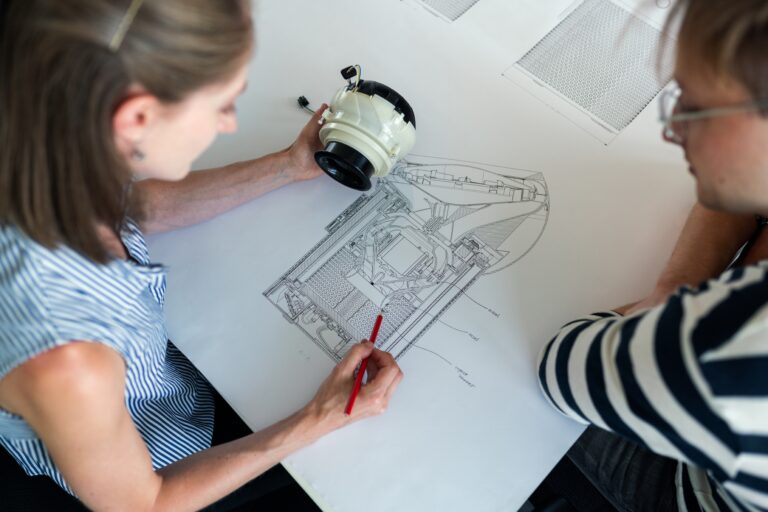The R&D Tax Credits scheme lets you claim relief on a range of indirect development activities, like maintenance and administrative work. Here’s what you need to know.
The R&D Tax Credits scheme lets you claim relief on a range of ‘indirect activities’. These are tasks that support your development work without directly contributing to a scientific or technological advance. For example, training, maintenance and recruitment.
To maximise your claim size, you need to include all eligible costs relating to your qualifying indirect activities. However, it can be hard to separate the support activities accepted by the scheme from the ‘routine’ maintenance and administrative work your company undertakes independently of your development projects.
To make things easier, this blog explains the subtle differences between qualifying and non-qualifying indirect activities and provides a range of examples of eligible work that may be relevant to your development projects.
If you want help identifying all of your qualifying activities, just drop us a message, and one of our R&D Tax Credits experts will be right with you.
Projects, advances and uncertainties
Before we delve into indirect activities, we need to look at a few other key concepts that determine whether or not a piece of research and development work is eligible for R&D Tax Credits.
First, let’s look at projects, the building blocks of every R&D Tax Credits claim.
A project is essentially a collection of development activities – testing, computer-aided design, prototype manufacturing – performed to achieve a scientific or technological advance. An advance is accomplished by overcoming a scientific or technological uncertainty. According to the scheme’s guidelines, a qualifying project starts when a development team encounters an uncertainty and concludes when it resolves the uncertainty.
This leads us on to advances and uncertainties.
A scientific or technological advance is a discovery that expands a sector’s knowledge or technical capabilities. If your R&D work reveals a technique, process or chemical composition that is already in the public domain, it is not a scientific or technological advance.
An uncertainty, meanwhile, is a point in your R&D where your development team – led by a competent professional – cannot easily figure out (‘deduce’ in the scheme’s parlance) how to realise the advance you’ve set out to achieve. Or, indeed, whether the advance is even possible.
Bringing these definitions full circle: Once your development team encounters an uncertainty its only way to achieve its target advance is methodical research and development work that explores new materials, processes and combinations of components. Thus, a project is born.
What are indirect activities for R&D Tax Credits?
Now that we understand projects, advances and uncertainties, it’s time to look at activities.
According to the R&D Tax Credits scheme, projects are composed of one or more activities. An activity being a specific task contributing to or supporting your development objective.
According to the R&D Tax Credits scheme’s guidelines, there are two kinds of activities: direct and indirect.
Qualifying direct activities
Qualifying direct activities are those that attempt to overcome the scientific or technological uncertainties that triggered your project.
There are three types of qualifying direct activities:
- Creating or adapting software, materials or equipment for use in R&D
- Scientific or technological planning
- Scientific or technological design, testing and analysis
Qualifying indirect activities
Qualifying indirect activities form part of an R&D project but don’t contribute to the resolution of a technological or scientific uncertainty.
In all, seven types of indirect activities qualify for R&D Tax Credits. They are:
- Scientific and technical information services that support R&D
- Maintenance, security, administration and clerical activities, as well as finance and personnel activities
- Ancillary activities such as hiring and paying staff, leasing lab space and maintaining equipment used in R&D
- Providing training needed to support R&D
- Research by students and researchers conducted at universities
- Research to devise new scientific or technological testing, surveying or sampling methods
- Conducting feasibility studies to inform the direction of an R&D activity
Once you have identified all of your qualifying indirect activities all that’s left is to find and apportion the associated costs – wages, consumables, subcontractor fees, and so on – to your R&D Tax Credits claim.
Make sure you're claiming the right amount
Hopefully this blog helps you identify your qualifying indirect activities that you can include in your upcoming R&D Tax Credits claim.
If you still have questions about indirect activities or want expert advice on whether parts of your development work qualify for relief, just drop us a line. One of our R&D Tax Credits specialists will be right with you.





